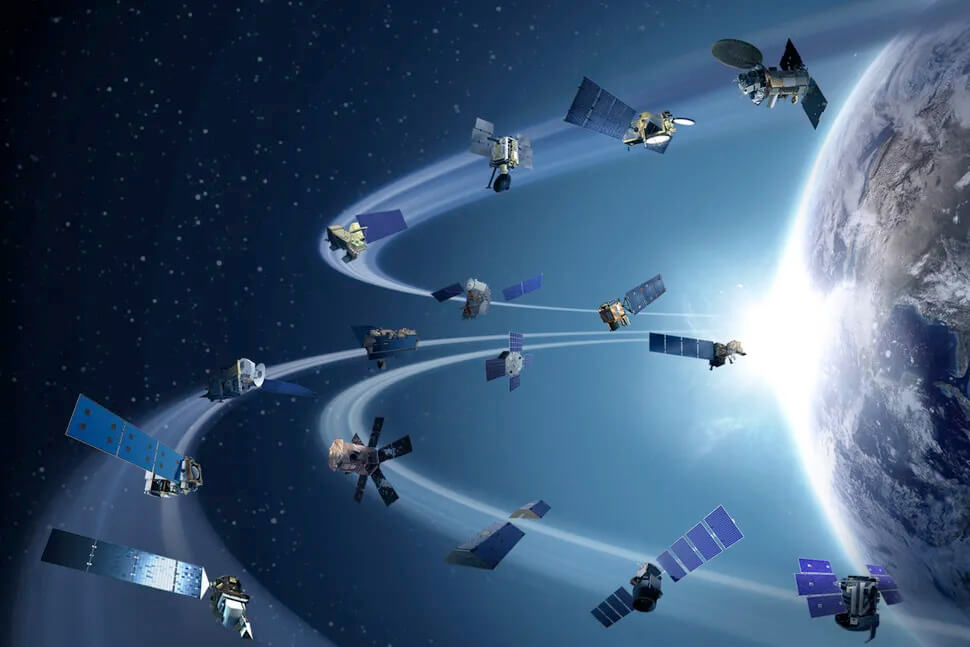The most massive black holes ever observed with gravitational waves have been detected by the LIGO Hanford and Livingston Observatories.
The gravitational-wave detectors measured distortions of space and time from the collision of two black holes approximately 100 and 140 times the mass of the Sun.
In addition to their high masses, the signal, known as GW231123 after the date of its detection, revealed the black holes to be spinning rapidly, according to the team from the LIGO-Virgo-KAGRA (LVK) collaboration.
They say this makes the signal uniquely challenging to interpret and suggests the possibility of a complex formation history.
"This is the most massive black hole binary we've observed through gravitational waves, and it presents a real challenge to our understanding of black hole formation," says Professor Mark Hannam, from Cardiff University and a member of the LIGO Scientific Collaboration."

Black holes this massive are forbidden through standard stellar evolution models. One possibility is that the two black holes in this binary formed through earlier mergers of smaller black holes.
Approximately 300 black-hole mergers have been observed through gravitational waves.
Until now the most massive binary was the source of GW190521, with a much smaller total mass of only 140 times that of the Sun.
The high mass and extremely rapid spinning of the black holes in GW231123 pushes the limits of both gravitational-wave detection technology and current theoretical models.
Extracting accurate information from the signal required the use of theoretical models that account for the complex dynamics of highly spinning black holes.
"The black holes appear to be spinning very rapidly-near the limit allowed by Einstein's theory of general relativity," explains Dr Charlie Hoy from the University of Portsmouth.
"That makes the signal difficult to model and interpret. It's an excellent case study for pushing forward the development of our theoretical tools."
Researchers are continuing to refine their analysis and improve the models used to interpret such extreme events.
"It will take years for the community to fully unravel this intricate signal pattern and all its implications," added Dr Gregorio Carullo, Assistant Professor at the University of Birmingham.
"Despite the most likely explanation remaining a black hole merger, more complex scenarios could be the key to deciphering its unexpected features. Exciting times ahead!"
Gravitational-wave detectors such as LIGO in the United States, Virgo in Italy, and KAGRA in Japan are designed to measure minute distortions in spacetime caused by violent cosmic events like black hole mergers.
The fourth observing run began in May 2023 and observations from the first half of the run (up to January 2024) will be published later in the summer.
"This event pushes our instrumentation and data-analysis capabilities to the edge of what's currently possible," says Dr Sophie Bini, a postdoctoral researcher at Caltech.
"It's a powerful example of how much we can learn from gravitational-wave astronomy-and how much more there is to uncover."
GW231123 will be presented at the 24th International Conference on General Relativity and Gravitation (GR24) and the 16th Edoardo Amaldi Conference on Gravitational Waves, held jointly as the GR-Amaldi meeting in Glasgow in the UK, from 14-18 July.






